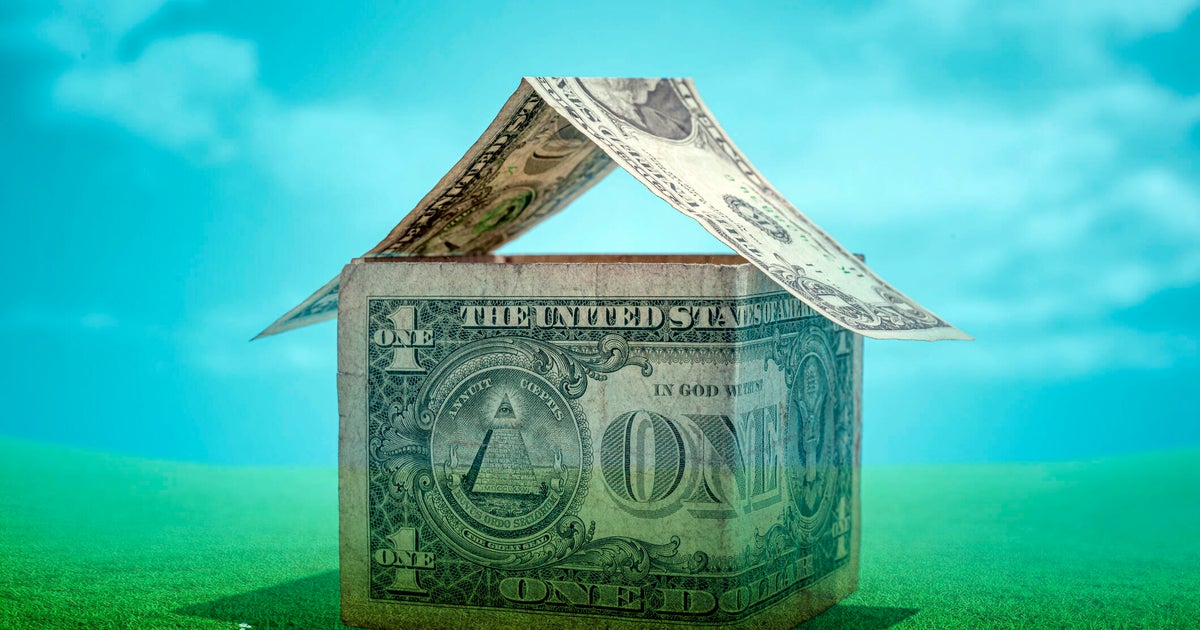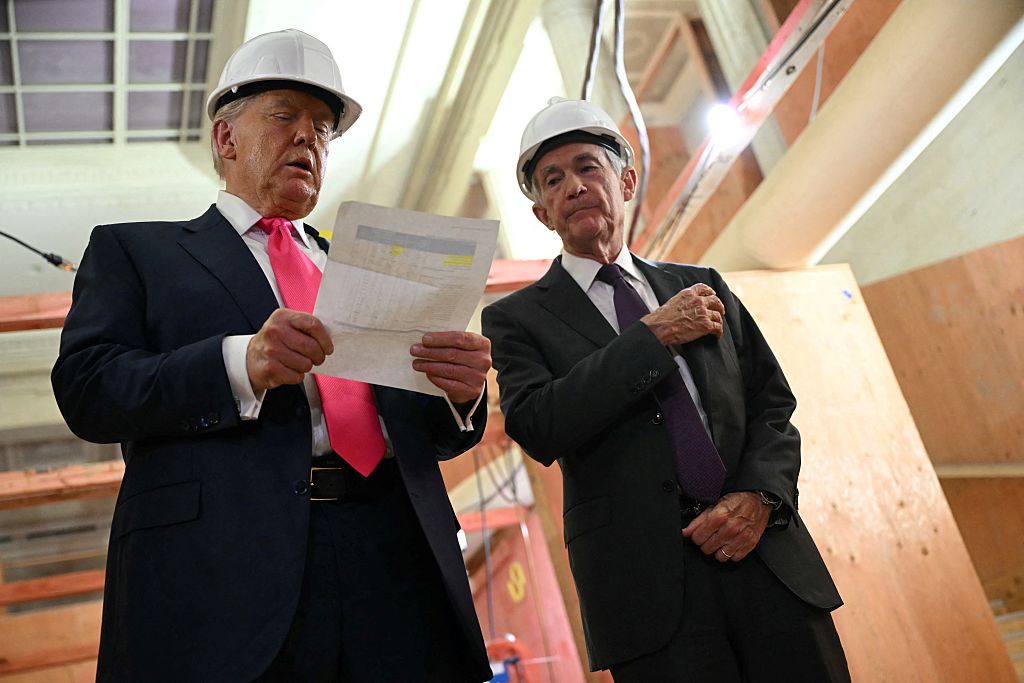Inflation eased in October as cheaper gas offset overall price increases
Inflation eased in October amid lower prices for gasoline and cars, signaling that the Federal Reserve's interest rate hikes are continuing to tame the run-up in consumer prices hurting Americans' pocketbooks.
Tuesday's report from the Labor Department showed that lower gas prices helped cool overall inflation, which was unchanged from September to October, down from the 0.4% jump the previous month. Compared with a year ago, consumer prices rose 3.2% in October, down from 3.7% in September.
Economists had expected a 12-month inflation rate of 3.3%, according to financial data provider FactSet.
Excluding volatile food and energy prices, so-called core prices also weakened unexpectedly. They rose just 0.2% from September to October, slightly below the pace of the previous two months. Economists closely track core prices, which are thought to provide a good sign of inflation's future path. Measured year over year, core prices rose 4% in October, down from 4.1% in September.
"Today's Core CPI print was below expectations," noted Lindsay Rosner, head of multi-sector fixed income investing at Goldman Sachs Asset Management, in an email. "This should solidify the Fed on hold in December."
The latest price figures arrive as Fed officials, led by Chair Jerome Powell, are considering whether their benchmark interest rate is high enough to quell inflation or if they need to impose another rate hike in coming months. Powell said last week that Fed officials were "not confident" that rates were high enough to tame inflation. The Fed has raised its benchmark interest rate 11 times in the past year and a half, to about 5.4%, the highest level in 22 years.
Rent, travel and health care still rising
The costs of many services, notably rents, travel and health care, are still rising faster than before the pandemic. Services prices typically change more slowly than the cost of goods, because they largely reflect labor costs, which aren't directly affected by interest rates.
The central bank's rate hikes have increased the costs of mortgages, auto loans, credit cards and many forms of business borrowing, part of a concerted drive to slow growth and cool inflation pressures. The Fed is trying to achieve a "soft landing" — raising borrowing costs just enough to curb inflation without tipping the economy into a deep recession.
The rate increases have had some impact: Year-over-year inflation has dropped from a peak of 9.1% in June 2022, the highest level in four decades, to 3.7% in September. That figure is forecast to have fallen further in October to 3.3%.
Last week, Powell warned that if inflation didn't cool fast enough, the Fed "will not hesitate" to raise rates further. Still, the central bank's policymakers have left their key short-term rate unchanged since July, and most economists say they think the Fed is done hiking.
Economists are keeping a close eye on several inflation metrics, including the cost of rent and housing, health insurance and services such as dining out, entertainment and travel. Starting with Tuesday's price report, the government is altering how it calculates health insurance costs, and the changes are expected to result in higher overall inflation rates in the coming months.
Many economists say a key reason why most Americans hold a gloomy view of the economy despite very low unemployment and steady hiring is that the costs of things they buy regularly — milk, meat, bread and other groceries — remain so much higher than they were three years ago. Many of these items are still growing more expensive, though more gradually.





